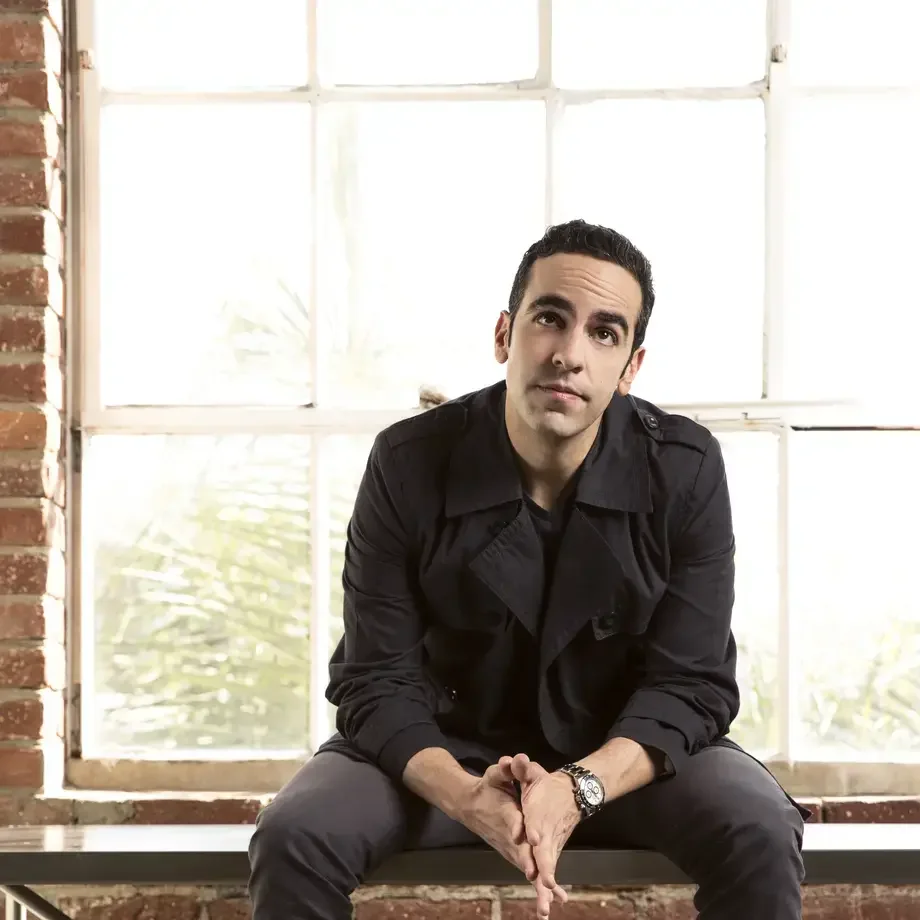Vanilla is one of the world’s most popular spices, with up to 2,300 tons produced every year. Taken from the seed pod of the vanilla orchid, the soft, sweet fragrance and flavour of vanilla has made it a popular ingredient in everything from confectionery, ice cream, baked goods and soft drinks, to perfumes and toiletries.
Growing and harvesting vanilla can be a lengthy and complicated process. Each individual flower has to be pollinated by hand, and over 80% of all vanilla is now cultivated in Madagascar, so unfavourable conditions in one location can lead to a worldwide shortage. To save time and money, many of the products you think contain vanilla have been flavoured using vanilla-like substances, known as ‘vanilla flavour’ or ‘vanilla essence’.
Where does vanilla flavour come from?
People have searched for vanilla substitutes in the strangest of places over the years, with possibly the strangest of all being the rear end of a beaver. It seems that beavers mark their territory using a sweet-smelling substance called castoreum, produced via the animal’s anal glands. This syrupy, yellow-brown liquid is apparently pretty close to vanilla in both taste and smell, and was used as both a food additive and a fragrance from 1900 onwards. Sounds delicious. This fact actually spawned a collective gasp of horror recently as TikTok videos of people Googling where vanilla extract comes from recoil in disgust as they learn about castoreum.
But if you prefer your ice cream sundaes free from the anal secretions of aquatic mammals, the good news is that castoreum is now rarely used as a food additive, although it is sometimes used in perfumes and cosmetics. Extraction involves anaesthetising the animals in order to milk their anal glands, which makes hand-pollinating vanilla orchids seem like a pretty good deal, and as new methods of creating synthetic vanilla became available, the practice all but died out. These days, the beavers and their butts are largely left in peace, while the rest of us are left wondering who thought to look there in the first place.
Test-tube vanilla
Modern vanilla flavouring tends to be made in a laboratory, using refined petrochemicals to create a synthetic form of vanillin, a substance found in real vanilla that is responsible for its distinctive taste and smell. The process typically involves combining two different chemicals to make vanillylmandelic acid, which produces vanillin when it reacts to oxygen.
Synthetic vanilla is now used in the majority of vanilla-flavoured products, with around 18,000 metric tons produced every year. It does taste pretty close to true vanilla, but if you’d rather have the real thing, check the ingredients. Chemically made vanilla should be labeled as ‘imitation’ or ‘artificial’ vanilla, and may also be referred to as ‘vanilla flavouring’ or ‘vanilla essence’.
More natural ways of synthesising vanilla
There are also biological methods of creating synthetic vanilla, one of which involves a type of fungus, a little like yeast. Scientists have found a way of genetically modifying this fungus so it can convert sugar into vanillin, which is then used as a flavouring. Because this type of flavouring is acquired from an organism, it can be referred to as ‘natural flavouring’ under federal regulations, which can be a little confusing.










